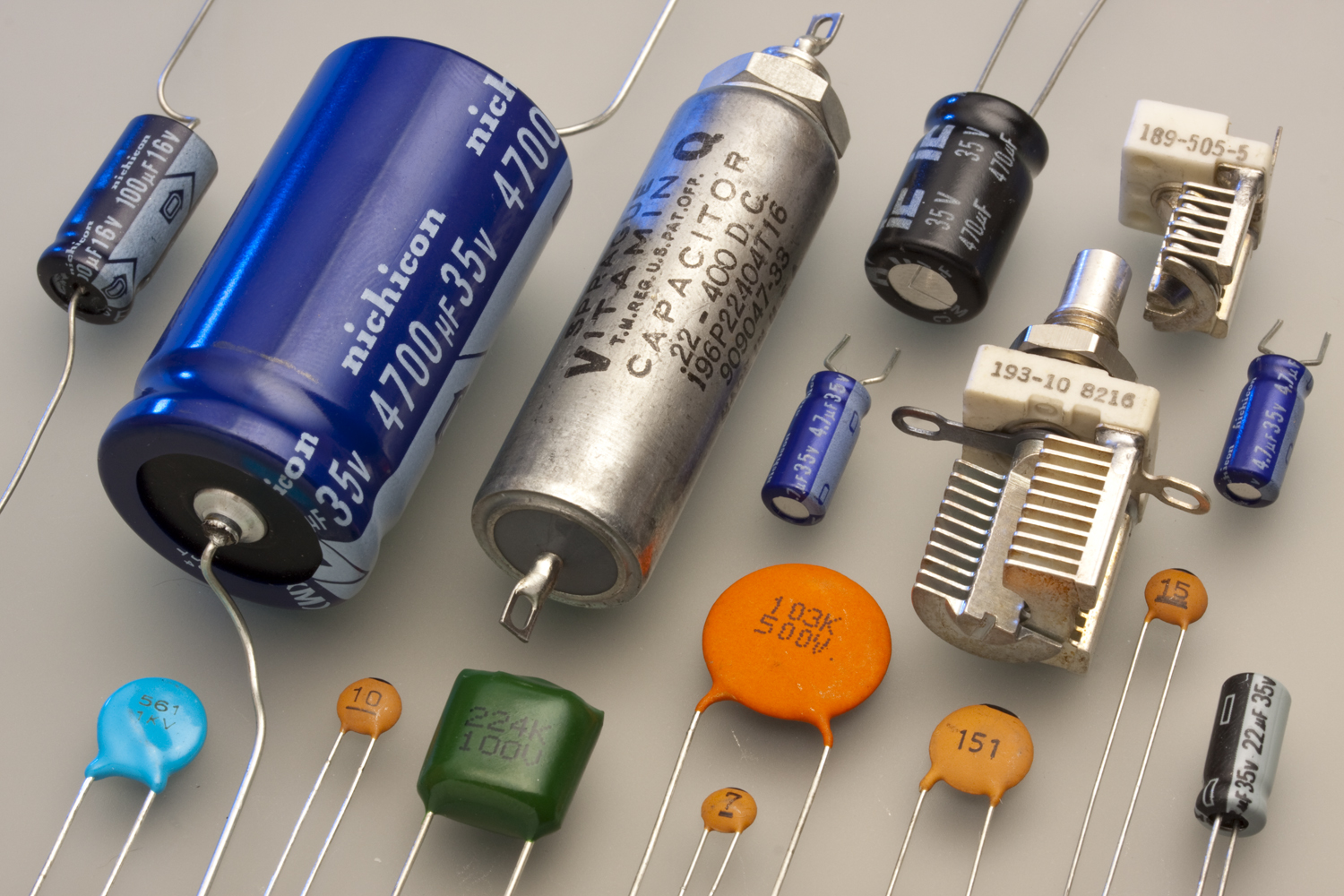If you’ve suffered an injury as the result of a defective product, understandably, you may want to file a case to get the compensation you deserve. However, before doing so, it’s essential to take a minute to think about the situation.
These types of cases can be complicated to prove, especially against major corporations. Therefore, you need to make sure that you have the proper evidence first.
Below we are going to talk about the types of evidence that you might need to gather in order to prove a defective product case.
Sounds interesting? Then keep on reading.
The item
If a defective product has injured you, the most important thing to do is to hold onto it. While you might be tempted to throw it away, it’s hard to build a case if you can’t show that you even owned the item.
Don’t forget that you also need to contact the right professionals to assist you. They must be reputable and have the necessary experience. Check out lambergoodnow.com to get started.
Medical report
Indeed, another critical piece of evidence you need when making your claim is a medical report from your doctor or GP. This should outline exactly what happened to you and what procedures you may have had.
It also stops the argument that you may have had previous injuries before using the product. If you haven’t already, you can speak to your doctor about obtaining a report to help with your case.
Financial records
In order to receive the appropriate compensation, you need to have evidence that your finances have been affected. Therefore, alongside any medical bills (which you can obtain with your report), you should gather payroll records if you have lost any wages.
If you weren’t able to keep the physical product, it’s also wise to see if you can find the receipt as proof of purchase. Again, the more pieces of evidence, the easier things will be in the long run.
Photographs of injuries/property damage
The next step is to gather photographs of your injuries, if possible. This can make progress go more quickly and helps back up your medical report.
Remember, it doesn’t have to be physical injuries either. If the item has damaged your property, you can document that as well to receive compensation for what is lost.
Photographs of the product
Another set of photographs you’re going to require are ones of the defective product itself. This is especially important if you don’t own the item and are not in possession of it.
Ensure that you get any identifiable marks, including serial and manufacturer numbers, and try your best to capture the specific defect if it is noticeable.
As you can see, the evidence you can collect will really depend on the situation that occurred, but the sooner you preserve what happened, the better.
Defect awareness
You probably already know that some companies place warning labels on their products. If you’re trying to prove your case, you may have to show that the dangerous part was not identifiable by the user.
If there are no warnings in place or existing ones weren’t deemed legally adequate, you have a better chance of success. But if you didn’t pay attention or read the instructions, the fault may be pushed back onto you.
Witness statements
Was there anybody else around that saw clearly what happened when the product harmed you or your property? If so, make sure that you gather their contact details.
Witness statements can help as they allow others to build a better picture of exactly what has happened.
Proof you were using the item correctly
Lastly, one of the most vital pieces of information required is proof that you were using the product as intended. Now, this isn’t always easy to show, especially if you were at home alone.
If you know that you didn’t follow instructions, you don’t have grounds for a case. You don’t want to say something injured you, and then video surveillance shows that you were the one being reckless.
Final words
As you can see, there is a wide range of evidence you should have for your defective product claim. Your personal injury lawyer will show you what is needed in detail and help you through the entire process.
Remember, to prove your case; you need to show:
– The product is designed defectively.
– The defect caused your injury or loss.
– You were using the product as intended.

